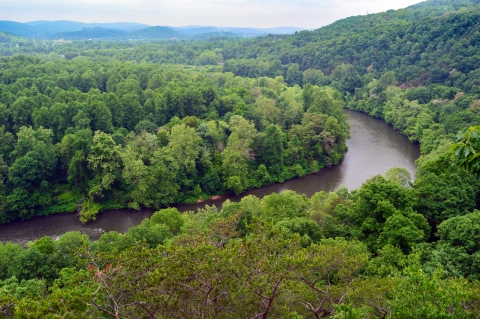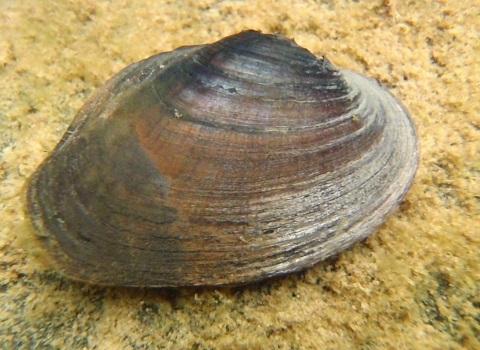Though Philadelphians and New Yorkers are united by an instinctual disdain for New Jersey, they are often divided by opinions on slang, fashion, and whether a bacon, egg, and cheese is better than a cheesesteak. But an indisputable commonality between the two urban hubs is that they both rely on the Delaware River watershed as a source for clean drinking water. In fact, more than 15 million people — roughly 5% of the U.S. population — are dependent on the river and the resources it provides.
The Delaware is the longest un-dammed river in the United States east of the Mississippi, running 330 miles from the Catskill Mountains in upstate New York, down along the borders of New York, Pennsylvania, New Jersey, and Delaware, before emptying into Delaware Bay. Along the way, in many communities, the river and its tributaries provide opportunities for residents and visitors to live, work and play. Some unfortunately have fewer opportunities than others.
Along with being one of the most densely populated areas of the country, the area is also home to many historically underserved communities and communities facing environmental justice concerns, including pollution, underinvestment in infrastructure, lack of green space, and disproportionate impact from climate change climate change
Climate change includes both global warming driven by human-induced emissions of greenhouse gases and the resulting large-scale shifts in weather patterns. Though there have been previous periods of climatic change, since the mid-20th century humans have had an unprecedented impact on Earth's climate system and caused change on a global scale.
Learn more about climate change .
Funding a fairer future
In 2016, Congress passed the Delaware River Basin Conservation Act, establishing the Delaware Watershed Conservation Fund to support projects to reduce flooding, protect drinking water, improve habitats and create new ways for people to get outside and enjoy nature. The Fund gives partners and area residents a seat at the table in planning and implementing impactful conservation and restoration efforts.
In 2023, by engaging with community members and listening to their concerns, 72% of the funds awarded went to projects in the communities that need them the most. Six of those projects were funded by the Bipartisan Infrastructure Law Bipartisan Infrastructure Law
The Bipartisan Infrastructure Law (BIL) is a once-in-a-generation investment in the nation’s infrastructure and economic competitiveness. We were directly appropriated $455 million over five years in BIL funds for programs related to the President’s America the Beautiful initiative.
Learn more about Bipartisan Infrastructure Law , which directed $26 million to the Delaware Watershed Conservation Fund in 2021 to invest in green infrastructure projects over a five-year period.
Projects signal progress
For many residents in Southwest Philadelphia, access to the scenic Schuylkill River is at best a distant memory. This tributary to the Delaware was inaccessible for many residents for a long time due to the heavy industrial use of this portion of the river. Now, thanks to funding from the Delaware Watershed Conservation Fund and the Bipartisan Infrastructure Law, 16 acres of habitat will be restored for the benefit of wildlife and residents. The newly restored area, along 1,500 feet of the river, will serve as an ecotourism draw and connect Southwest Philly with Center City, reducing community isolation while also contributing to a positive community identity.
In Darby Township, Pennsylvania, residents face the constant fear of floodwaters whenever there is a major storm event. An upcoming project there aims to reconnect the floodplain, reduce sediment, and alleviate some of the flooding concerns, all while improving water quality. Reinforcing the riverbanks by planting native shrubs, flowers and trees should have other benefits for the community’s residents who have disproportionately high incidences of asthma, according to the Climate and Economic Justice Screening Tool. Trees and other plants filter the air, decreasing the risk of respiratory illnesses.
The work continues
Through projects like these that conserve natural resources while providing benefit to historically disenfranchised communities, the Service is upholding a commitment to confront longstanding inequities in access to nature and the benefits of conservation. Without doing so, we risk failing to meet our mission: conserving the nature of America for all people.
Thanks in part to funding from the Bipartisan Infrastructure Law, the Service — just like the Delaware — will continue moving forward towards a more equitable future supporting fish, wildlife, and people.







